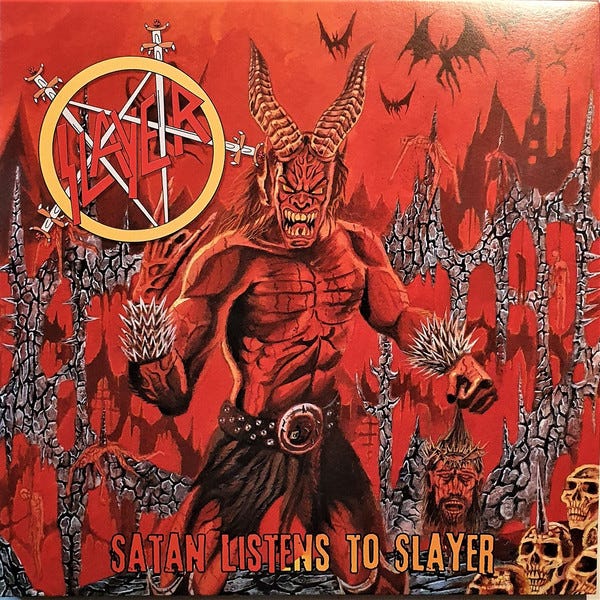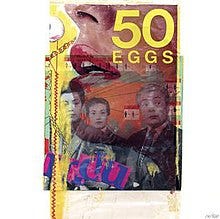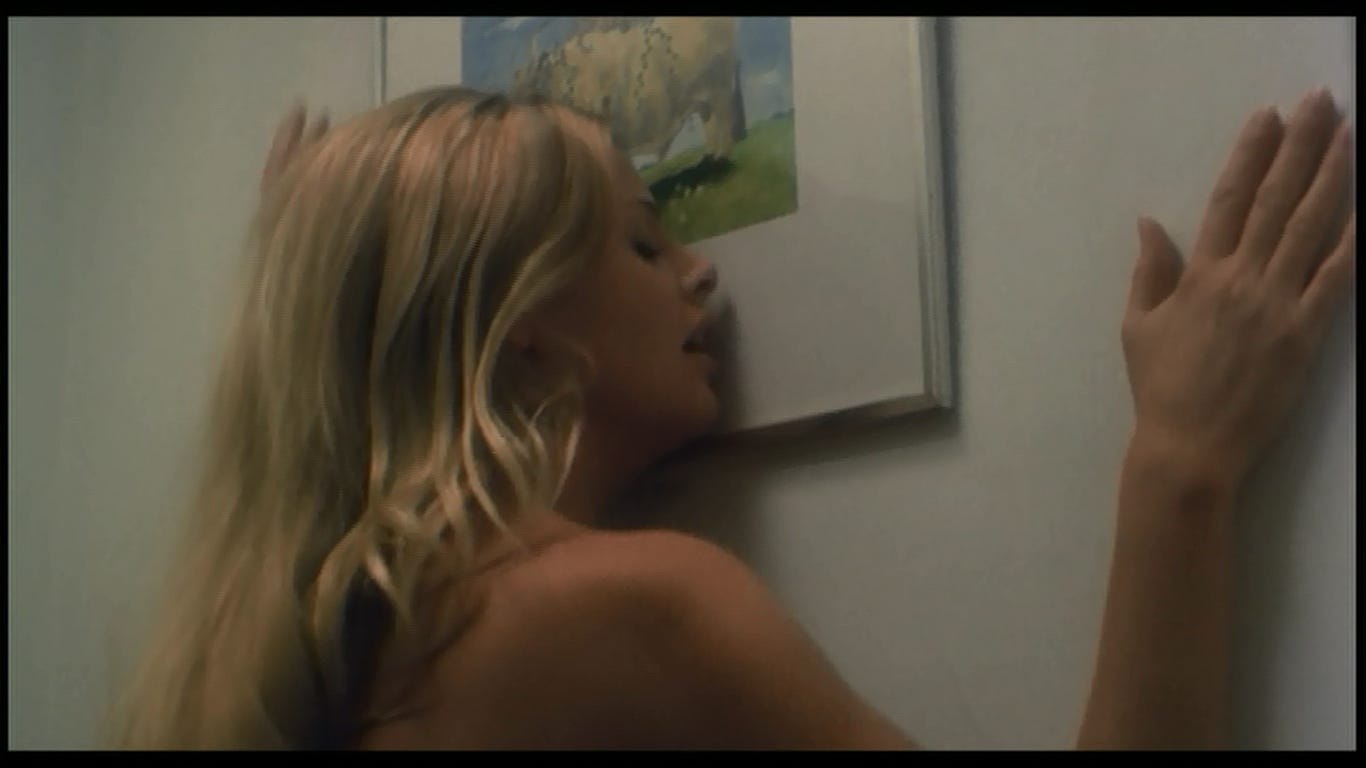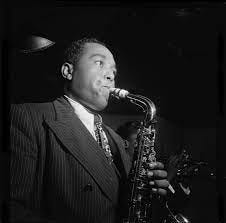(“robert johnson meeting the red devil at the crossroads realistic painting” version 3, created by Dall-E)
Yesterday I wrote about how, more or less, you don’t need 1000 true fans anymore. You need 1000 cult members. I initially made the Spotify playlist the same way I made all of my other 422 Spotify playlists - strictly for my own amusement. But here we are, opening the vault.
I won’t go completely in chronological order or explain every artist on there, but I do want to explain the beginning, when I truly made it for myself. I searched the Web for “cult musician” and The Grateful Dead was the first choice. And what a choice. I happen to like them quite a bit (though I do need to be in the mood for them), but it is hard to argue that any band has had a greater cult following. Few bands have fans that will quit their day jobs, follow them (“them” not even being the Dead anymore, but an offshoot that still plays their songs without Jerry Garcia) and make vegan burritos in the parking lot for a living (maybe selling party favors on the side). Even the fans that quit drugs still go to concerts and look for fellow sober fans (known as Wharf Rats) with yellow balloons (yes I have hung out with them). It is true that the remaining Dead members will play their final shows next year. This is great news for the millions of Dead cover bands out there (and Phish, whom I like and are also on the list).
As the ‘70s came to life, more and more music fans resented the hippie canon, specifically how the white guys playing the blues got more attention than their black masters (if Jimi Hendrix was still alive, who knows how music would have evolved). So, instead of digging up Howlin’ Wolf records or listening to Grateful Dead blues bootlegs, a new generation opted for The Velvet Underground and The Stooges. Like the old saying goes, "The first Velvet Underground album only sold 10,000 copies, but everyone who bought it formed a band." Just knowing who they were in the ‘70s was like a password to a secret, dark society of leather and heroin cool.
As the ‘80s came around, the music this created - punk - had less press exposure and only the hardcore punk fans were left. Black Flag and Misfits had underground cult followings that slam danced and antagonized cops. As I’ve said before many musical genres and subgenres grew in the darkness behind MTV’s flickering light. One of them was the Satanic thrash metal of Slayer. As indie rock grew out of the ashes of hardcore punk, many Gen X musicians shone the spotlight on overlooked ‘60s and ‘70s weirdos like Captain Beefheart, Robert Wyatt, Mayo Thompson, Roky Erickson, Big Star. Gen X even had its own tortured crazy genius outsider artist in Daniel Johnston.
As the alt gospel spread throughout the ‘90s, the aforementioned acts, from the Velvets to Daniel Johnston (Kurt Cobain wore one of his t-shirt, leading to a major label deal for Johnston) only grew in stature. With so many alt and indie bands in the limelight, though, few of them can really be said to have cult followings. Guided By Voices is a remarkable exception. One of their albums, Propeller, was released in a limited vinyl run of 500 copies, each one with unique, hand-drawn cover art. A smart move by lead singer/songwriter Robert Pollard, who was aging, had no hit yet, but understood the value of commodity fetishism. There may not have been too many cult icons of rock in the ‘90s, but we first see true cult icons in the hip hop world in this decade, with J Dilla, Kool Keith and the totemic legend MF Doom. This is to say nothing of the thousands of obscure yet passionate microcults that grew around techno DJs in the ‘90s.
One of the most coveted album covers of Propeller
Only deadmau5 seems to have a noteworthy cult following that is neither too small nor too mainstream (which is why Daft Punk is not on the list) but the traditional EDM emphasis on music and away from legendary stories of mental illness or from records as something to buy as opposed to something to hear in a club might explain why EDM isn’t as big on this list. By the ‘00s, any new bands that got recognition online were famous all over the Internet. But while freak folkers like Devandra Banhart and Joanna Newsom had web notoriety, their heroes like Vashti Bunyan and Karen Dalton were rediscovered and, just like that, freaky female musicians had their weird, Wicker Man folk-horror-style cults.
Wicker? I don’t even know her!
The common complaint about ‘00s hipsters, of course, was that the Internet made it too easy for anyone to be a hipster, so cult followings of the legacy media variety seem to have dwindled (or moved onto bizarre online personalities as mentioned yesterday). The 20th century beatnik hipsters, however, invented the cult following. Dizzy Gillespie, Miles Davis, and John Coltrane were among the disciples to the messiah of jazz cool, Charlie Parker.
As the ‘50s gave way to the ‘60s, American jazz hipsters were replaced as tastemakers by ‘60s British blues hipsters. Initially the cult grew around electric blues gods like Muddy Waters and Howlin’ Wolf. But in the ‘60s the legend of all legends grew of Robert Johnson meeting the devil at the crossroads and making the Faustian bargain of making him a legendary guitar player. American folklore, to be sure, but listen to him on the playlist link below and tell me that a human tuned that guitar.









